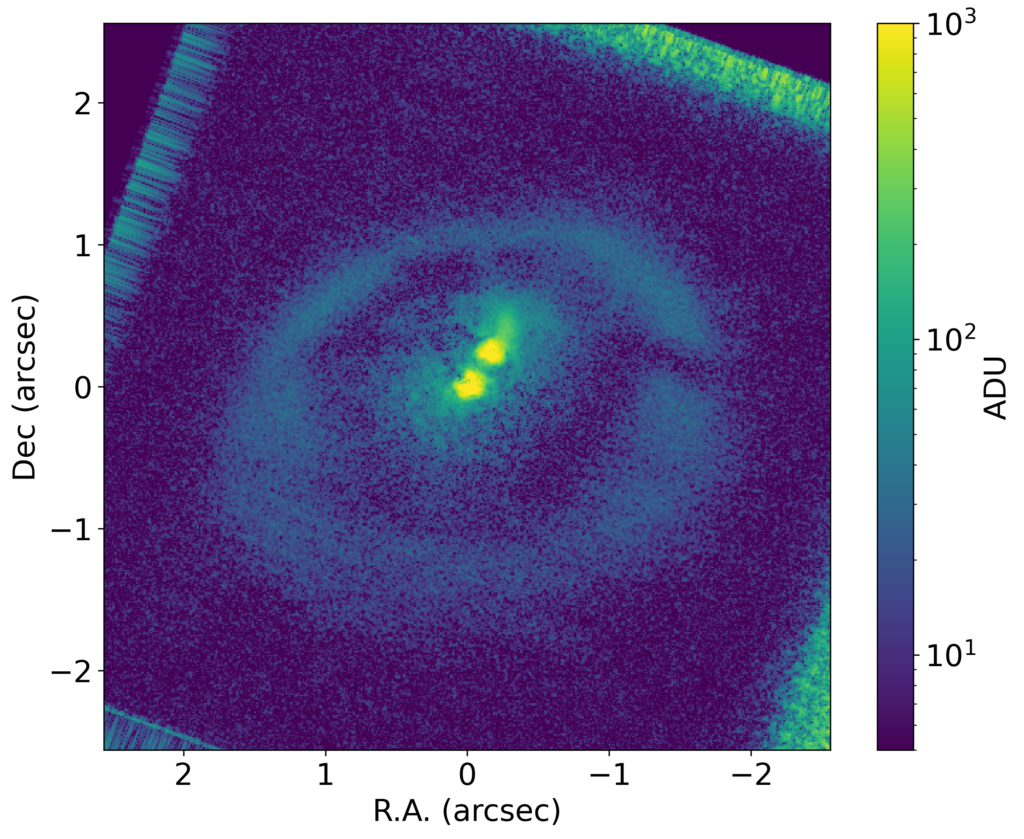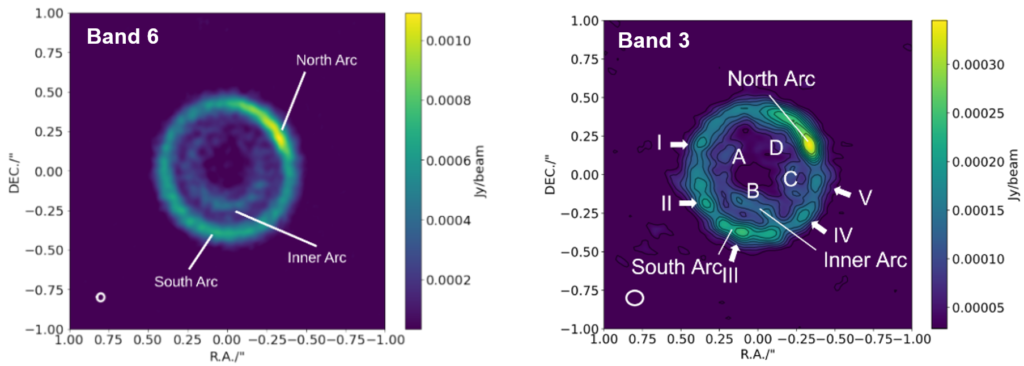My research interest is to understand how our planet and life form in the universe. It is believed that protoplanetary disks are the birthplace of planets including our Earth, thus observations towards them are crucial for us to understand the planet formation process. Previous Observations have shown that protoplanetary disks hold various substructures, including gaps, spiral arms and crescent-like asymmetric structures. The origin of these substructures is still under debate, the most popular theory is that they could be caused by an celestial object (star, brown dwarf or planet) in the disk, or due to process like gravitational instability. Above all, these substructures reflects the distributions of materials, and the research towards them will help us understand how the materials in the disks become planets, as well as life in the universe.

Currently, I focus on observing protoplanetary disks using multiple instruments, including Subaru Telescope, Atacama Large Millimeter Array (ALMA), and James-Webb Space Telescope (JWST). Near-infrared observations using telescopes like Subaru Telescope and JWST, are good at tracing the small dust at the surface of the disks, while (sub)millimeter observations using telescopes like ALMA are good at tracing the gas as well as the large dust in the midplane of the protoplanetary disks. Therefore, by combining different observation wavelengths we can learn the distributions of different components in the protoplanetary disks.

Protoplanetary disks in young binary systems
My doctoral research focused on the investigation of disks in binary star systems. While the process of planet formation in disks surrounding single stars has been extensively studied, our comprehension of planet formation within binary systems remains limited. In order to gain insights into the evolution of disks in binary systems, we conducted near-infrared high-contrast imaging polarimetric observations of several such systems utilizing the HiCIAO instrument on the Subaru Telescope. We successfully resolved the disk and envelope structures surrounding three young binary systems: GG Tau, T Tau, and FS Tau. Disks in binary star systems typically comprise a large circumbinary ring encircling the binary pair, as well as circumstellar disks surrounding each individual star. Our observations in the GG Tau and FS Tau systems provided the first evidence of streamers within binary systems, revealing their ability to penetrate the gap between the circumbinary ring and circumstellar disks. This penetration facilitates the transport of material to the circumstellar disks, thereby enabling the formation of planets close to the stars.

Asymmetric structures in protoplanetary disks
During my initial postdoctoral research, I concentrated on the study of crescent-like structures present in protoplanetary disks. These formations are indicative of dust aggregation and can be associated with the process of planet formation. We examined the ALMA submillimeter data pertaining to the protoplanetary disk surrounding SR 21. Achieving a spatial resolution angle of approximately 0.04”, we successfully resolved two rings and three asymmetric structures. The presence of such a high number of asymmetric structures in a single system is quite unusual. These elongated formations encompass almost the entire rings in the disk, which could potentially result from interactions between planets.
